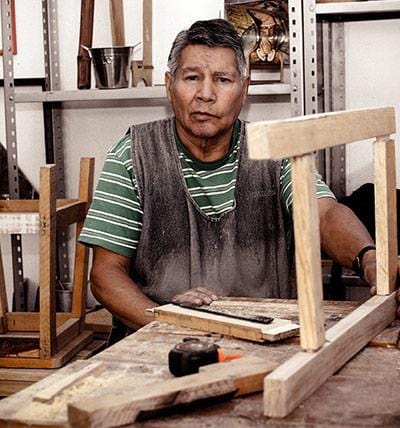The process of selecting bathroom fixtures involves more than simply picking what looks good. Style, practicality, and how each element fits into the rest of the space are all relevant to creating a cohesive design.
Bathrooms today serve more than functional purposes — they reflect personal taste and contribute to the comfort and utility of the home.
Careful selection of each fixture helps define how the bathroom feels and operates on a daily basis.
While many focus on tiles and lighting, the fixtures themselves are often what leave the strongest impression.
Basin Design and Placement
The basin is one of the most frequently used features in any bathroom, and its design affects more than just appearance. Placement, size, and the way it complements the rest of the layout are all equally relevant. Among the wide variety available, a modern basin range can offer sleek profiles, cleaner lines, and practical innovation without overwhelming the visual balance of the room, whether wall-mounted or countertop, basins from these collections tend to focus on efficiency and a streamlined silhouette. Material selection also makes a difference — ceramic, stone, resin, and tempered glass each bring a different texture and character. Matching the basin to the available space and existing plumbing arrangements also prevents expensive modifications later on. Taps and drainage elements should coordinate in finish and function to keep the area visually consistent and easy to maintain.
Toilet Style and Configuration

The toilet is another key fixture whose style should fit both the design and the constraints of the space. Compact bathrooms benefit from wall-hung toilets that create the illusion of more room and leave floor space open for cleaning.
Close-coupled toilets are easier to install and suit traditional layouts. Rimless designs are becoming more popular for their hygienic advantages, reducing the spaces where grime can collect. The flush mechanism — whether dual-flush or single — has implications for water usage and overall functionality.
Choosing between elongated and round bowls often comes down to comfort, with the former providing more space and the latter fitting better in tighter areas. The position of the soil pipe also affects what style can be installed without structural changes.
Bath and Shower Options
For those planning a bathroom renovation or a complete redesign, deciding between a bath and a shower — or a combination — depends on personal habits and space. Freestanding tubs work well in larger bathrooms and lend a sculptural quality to the room. Corner tubs can be space-saving, though they still offer a soaking experience. In smaller bathrooms, walk-in showers fitted with frameless glass create an open feel. Thermostatic mixers and digital controls offer safer and more consistent temperature control, which adds value from a comfort and user experience perspective. Shower trays and enclosures come in multiple shapes and finishes, from minimalist styles to bold statement pieces. Finishing touches like niche shelving and rainfall heads improve convenience without overwhelming the aesthetics.
Fixture Materials and Finishes

The materials and finishes used across bathroom fixtures play a defining role in how the room ages and how much maintenance is needed. Brushed brass, matte black, polished chrome, and gunmetal all present different visual tones and levels of upkeep. Matching finishes across all fixtures — from towel bars to tapware — adds cohesion, even when the styles differ slightly.
Longevity matters too: high-quality brass cores with corrosion-resistant coatings extend the life of fittings exposed to daily water and humidity. Some coatings repel fingerprints and water spots, reducing cleaning time. Durability shouldn’t come at the cost of character, though. Texture and warmth in a finish can soften the lines of a more angular design, adding depth to an otherwise clinical setting.
Water Efficiency and Technology
Modern bathroom fixtures increasingly include built-in technology that reduces waste and simplifies control. Low-flow taps and dual-flush toilets reduce water usage without compromising performance. Aerated spouts maintain strong pressure while minimizing output. Sensor-activated taps help maintain hygiene in shared or guest bathrooms. Some systems now come with app controls or preset profiles for different family members, particularly in showers. LED indicators and temperature presets reduce the need for constant adjustment and provide a consistent experience. These tech features can also be paired with sustainability — many designs are built to minimize energy consumption and support eco-conscious households without sacrificing style.
Space Planning and Visual Balance
Choosing bathroom fixtures involves a thoughtful blend of style, comfort, and lasting practicality. Paying attention to material finishes, placement, and user needs brings out the best in the design. A modern bathroom doesn't just perform well — it fits seamlessly into daily life, balancing simplicity with quiet sophistication. Making informed choices about fixtures allows the space to remain functional, beautiful, and enjoyable well into the future.
ABOUT THE AUTHOR
Nurlana Alasgarli
Content Specialist
Nurlana Alasgarli is a professional copywriter with more than 6 years of creative writing experience. Having lived and experienced all over the world, there are many writing genres that Nurlana follows, including nature, arts and crafts and the outdoors. Nurlana brings life to content creation, captivating her readers.






